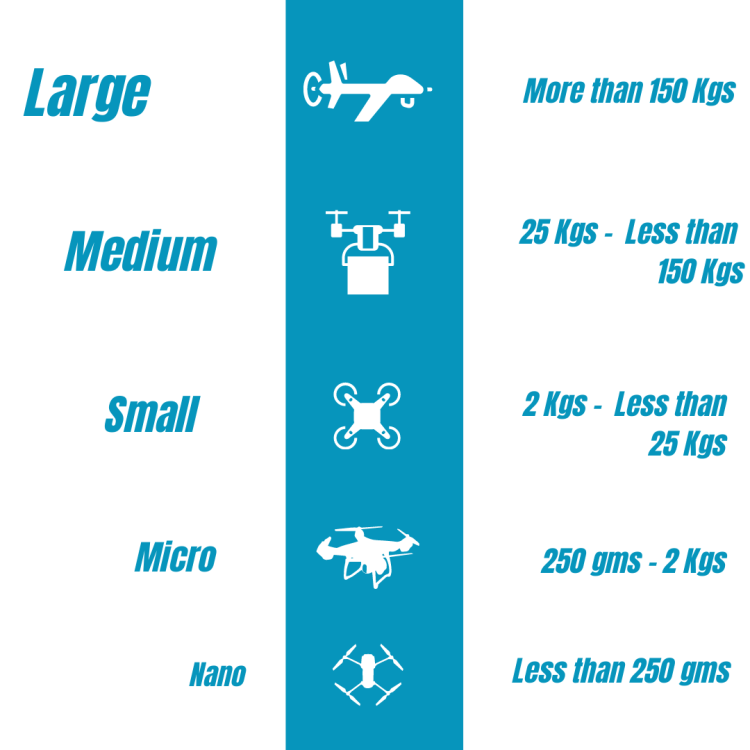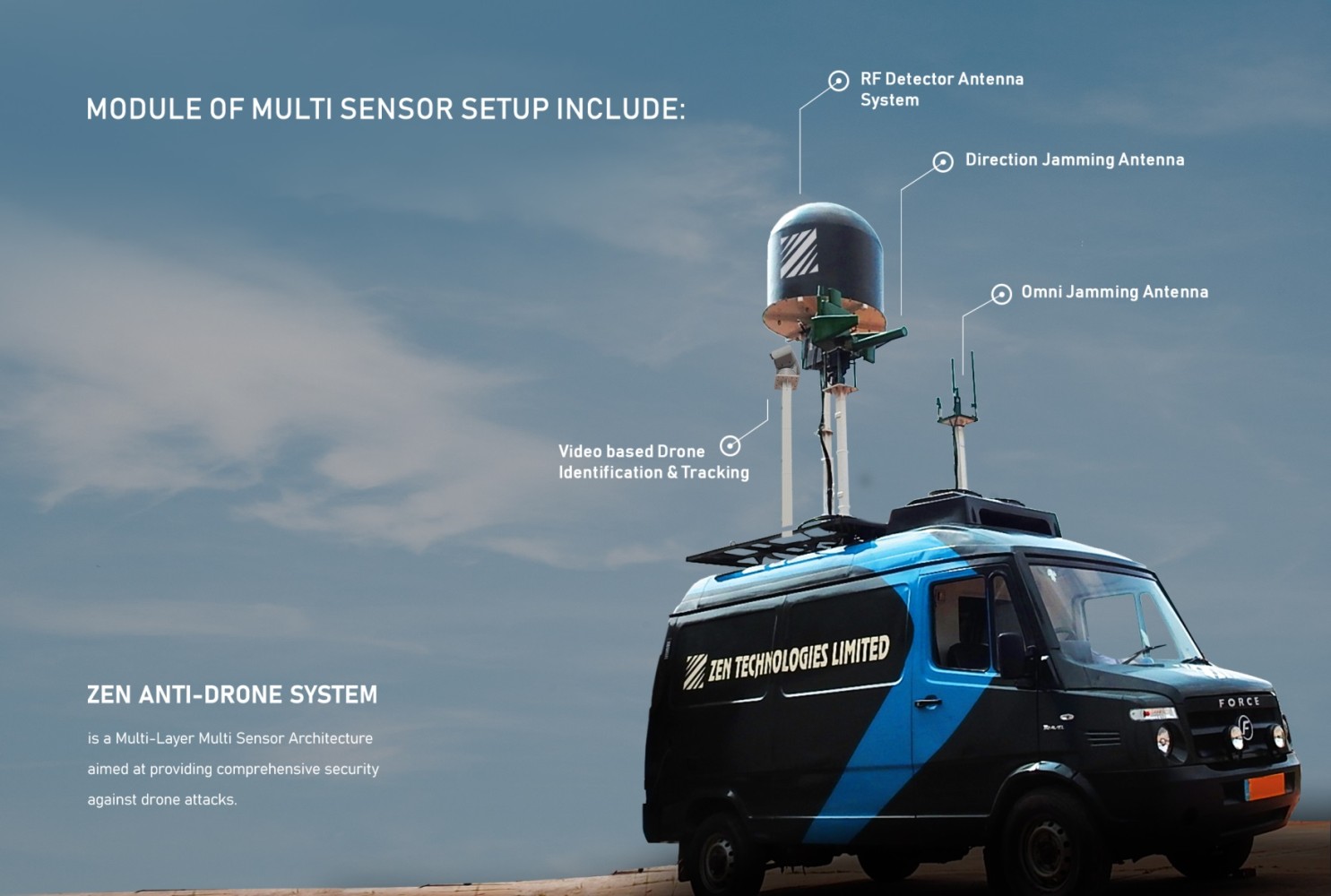A drone is an Unmanned Aircraft. Commonly referred to as unmanned aerial vehicles (UAVs) or Unmanned Aircraft Systems (UAS), this flying robot can be controlled remotely by a pilot or they can fly autonomously.
Drones can be used in various roles such as:
- Reconnaissance (Route, Zone, Area)
- Search and Rescue
- Surveillance
- Monitoring (Traffic & Weather)
- Disaster Relief
- Delivery Services
- Agriculture
- Photography & Videography
This shows how drones are revolutionizing the society with so many areas of application.
These Drones are further classified into – Large, Medium, Small, Micro & Nano drones.
Drone technology was earlier available only to Militaries. This was primarily due to the prohibitive costs on account of the complexity in the design, and the expensive electronic/weapons payload.
Advances in Information and Communication Technologies have resulted in niche technologies. Drones now see widespread application in Retail Marketing, Crop Surveys, Disaster Relief and even Photography or Videography. Inevitably, these products find their way to terrorists and criminals.
The Drones are particularly effective due to its medium of operation – Air . Drones can carry payloads consisting of biological & chemical agents, explosives, weapons, drugs, contraband, etc. As mentioned earlier, it can also be used for surveillance – when done by an adversary, it becomes a threat to national security.
Threats to Airports, Critical assets such as oil refineries and nuclear power plants, Military bases, Government buildings, VIP’s are significantly high. Latest technological developments have made protection possible from drones.
Anti-Drone Systems are designed to neutralize or suppress drone threat.



